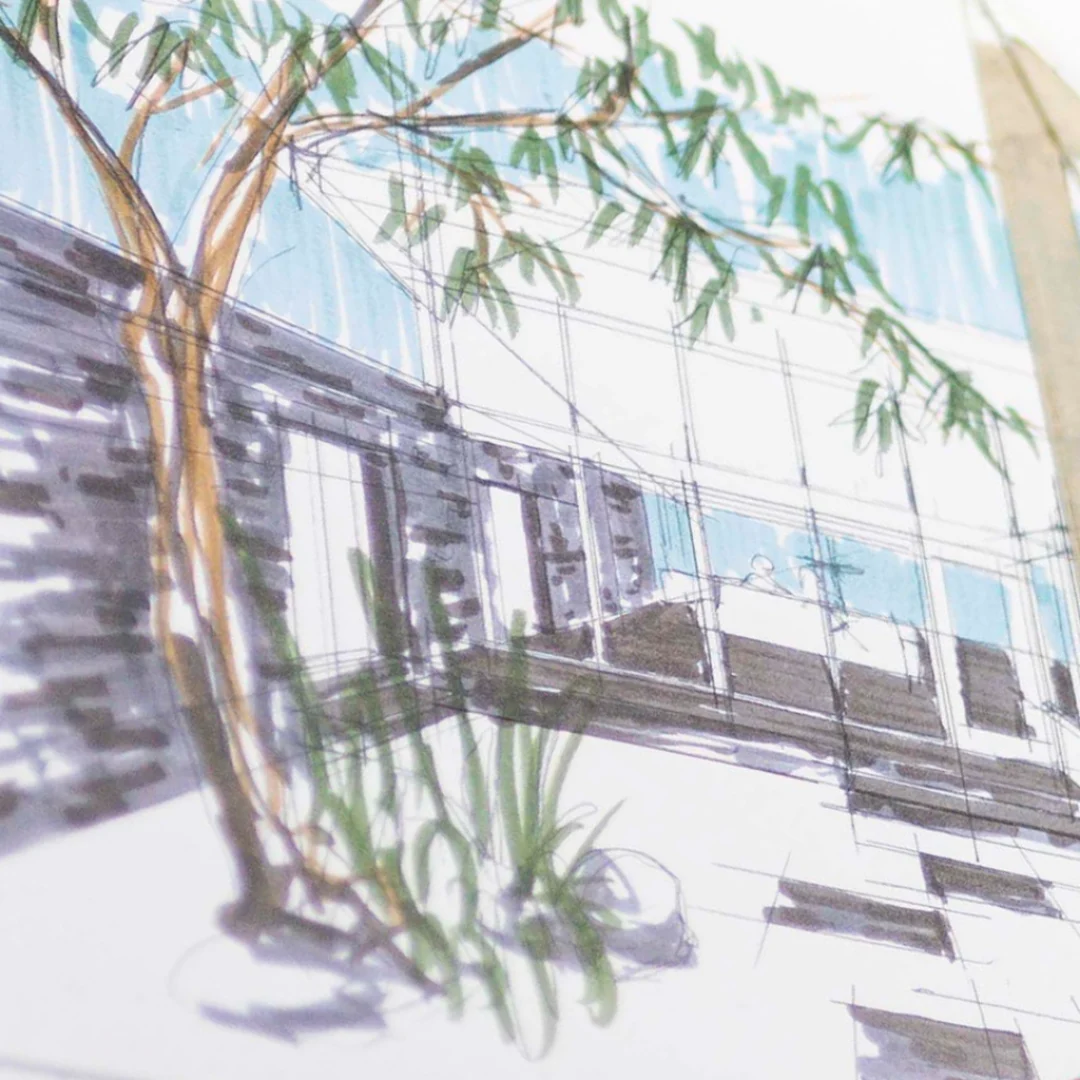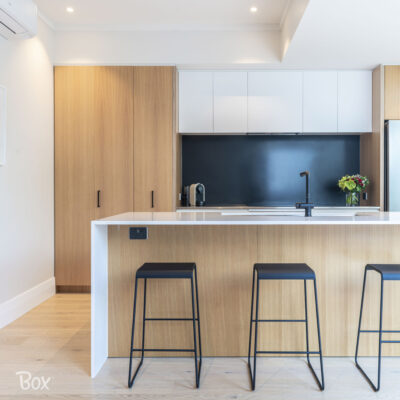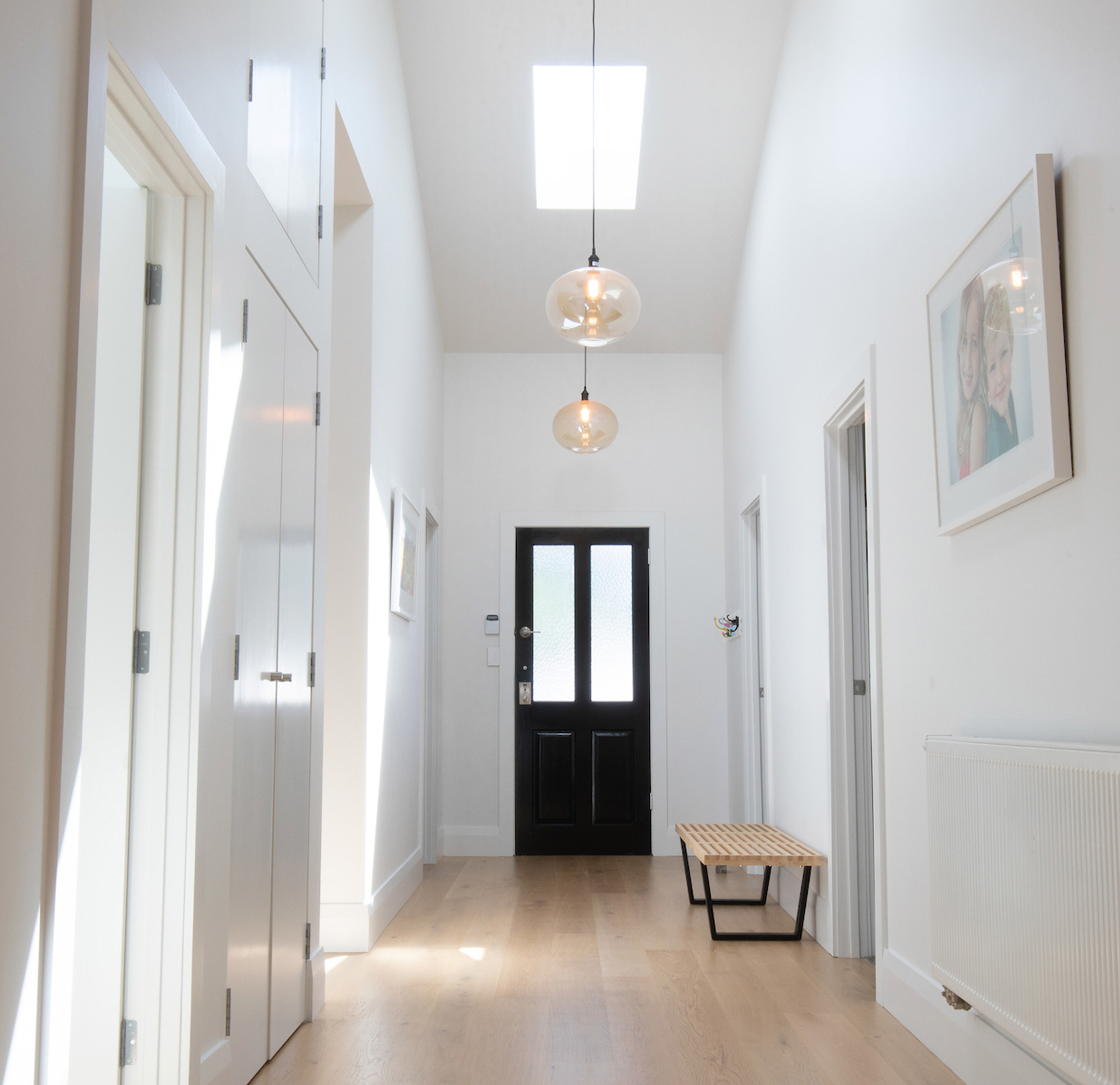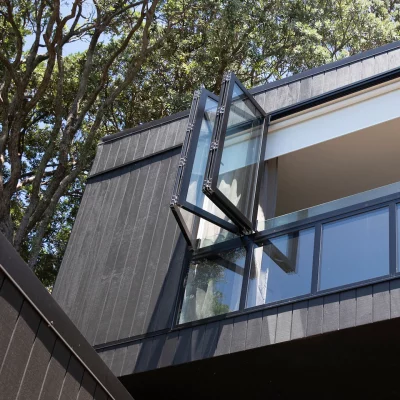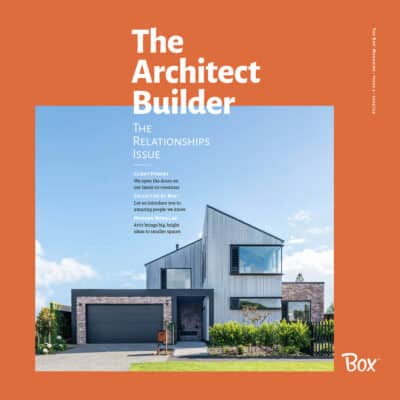A magical mosaic on our doorstep, a pandemic prism on recycling, and a clear-eyed lens on the world.
What’s got us travelling (we hope):
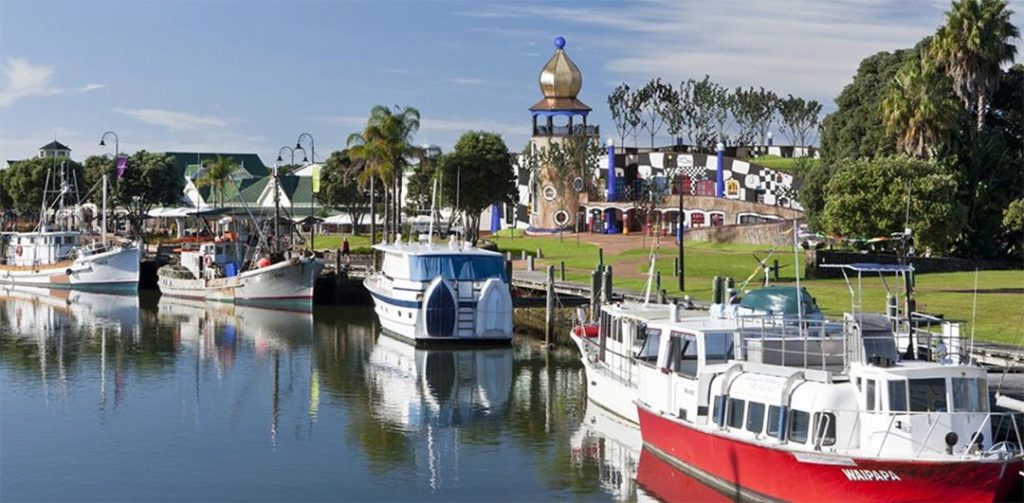
It’s not often we get excited about the opening of a building in New Zealand, but we’re kinda keen to experience the Hundertwasser Art Centre which promises to be as goofy, colourful and playful as the man himself, and is set to welcome visitors from mid-December.
Now, apart from spending a penny in the Hundertwasser-designed toilet blocks in nearby Kawakawa, you can stop into this marvel on the Whangerei waterfront. The building, which is also home to the Wairau Māori Art Centre, is topped by an eight-metre tall gilded cupola and features the trademark Hundertwasser mosaics in a fabulous curvaceous form. It also has a forested roof which the ecological activist, who died in 2000, liked to include in his projects.
Friedensreich Hundertwasser, an Austrian emigrant to Aotearoa, studied at the Academy of Fine Arts in Vienna, and was an artist first and foremost. In the 1980s, he proposed an unfurling koru as a secondary national flag, a campaign that garnered massive support. He also happened to design buildings and said: “Architecture should elevate and not subdue man. It is good to walk on uneven floors and regain our human balance.” On that score, apparently, the art centre will deliver too. But Hundertwasser, who was a fan of the spiral in design also said: “The straight line leads to the downfall of our civilisation.” His buildings aside, no wonder we’re in so much trouble!
For anyone interested in learning a bit more history about the Hundertwasser Art Centre, we highly recommend a cyber-visit to yeswhangarei.co.nz, particularly the section entitled ‘Conspiracy Theories’, which is a fascinating read about issues such as local-body politics and what happens when hearsay and innuendo spiral (that word again) out of control.
If we’re unleashed from all forms of lockdowns by the time the Christmas holidays roll around (please, please, we promise to be good), do schedule a trip to see it in person. It’s happy architecture guaranteed to captivate the young and young at heart. And, goodness knows, we need some of that right now.
What’s got us inspired:

Designers see potential in situations and materials where others do not – it’s simply how their brains are wired. This is true Auckland Architect team at Box™ when it comes to seeking solutions for tricky sites or a customer’s wishlist, but a designer’s eye is never limited to just one industry or problem. Which is how we know we aren’t the only ones thinking about those gazillions of discarded facemasks worldwide. Did you know that 129 billion masks are now used every month!? In the main, they’re not the make-a-statement fabric kind either (at least those have a longer shelf-life) but disposable masks that often contain polypropylene which can’t be recycled.
Italian artist and designer Tobia Zambotti is an eco-warrior who was determined to tackle the ever-growing mountain of waste. He went about collecting 1500 of those light blue masks that were fluttering in hedges and clogging up gutters in the streets of Reykjavik where he now lives. Then he stuffed them inside an opaque waterproof material and turned them into a puffer jacket – which he wryly called Coat-19. Other designers have come up with equally novel solutions to this pandemic-particular poser. South Korean designer Haneul Kim has melted the masks back down into plastic and made three-legged stools from them coloured poppy pink, vibrant blue and black.
Here in New Zealand, there are several design-minded stars working on the problem of keeping plastic out of our oceans and landfills. One we admire is Critical, an Auckland start-up that uses heat pressure to transform all kinds of plastics, including milk bottles, into furniture (bar stools), homeware (cheeseboards) and building panels. If you want to see these for yourself, pop into Kokako café in Commercial Bay and marvel at the ‘marbleised’ counterfront which is, in fact, made from 8000 single-use milk bottles, bottle caps and cream bottles. Or check them out online here: www.criticaldesign.nz
What’s Got Us Thinking:
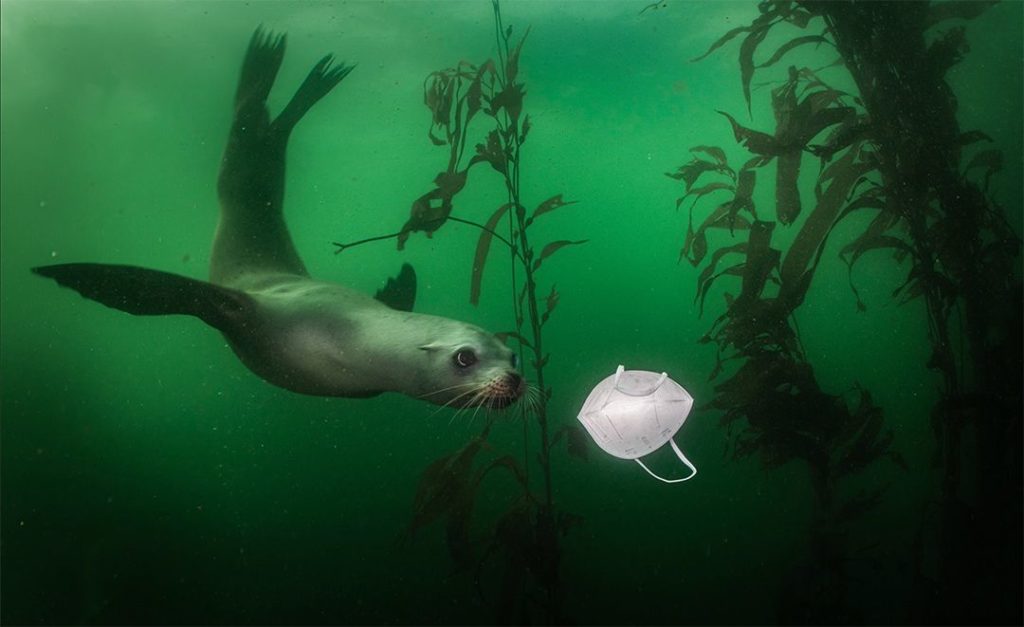
The World Press Photo Exhibition is one we look forward to every year, not only for the incredible visuals that are often hard-hitting, sometimes upsetting, yet always engaging, but for a good excuse to return to the heritage-listed Smith & Caughey building in Queen Street where the Auckland event is usually held. Designed by American architect Roy Lippincott, who lived in Aotearoa in the 1920s and 30s, its Art Deco-style was influenced by the work of Chicago architect Louis Sullivan. Look up at the graceful arched windows of the top floor and you can instantly see that. Of course, the pandemic put paid to any plan to visit this slice of architectural history this year (with a quick detour into the magnificent tearooms for a scone piled high with cream), but you can still take explore the photography exhibition online.
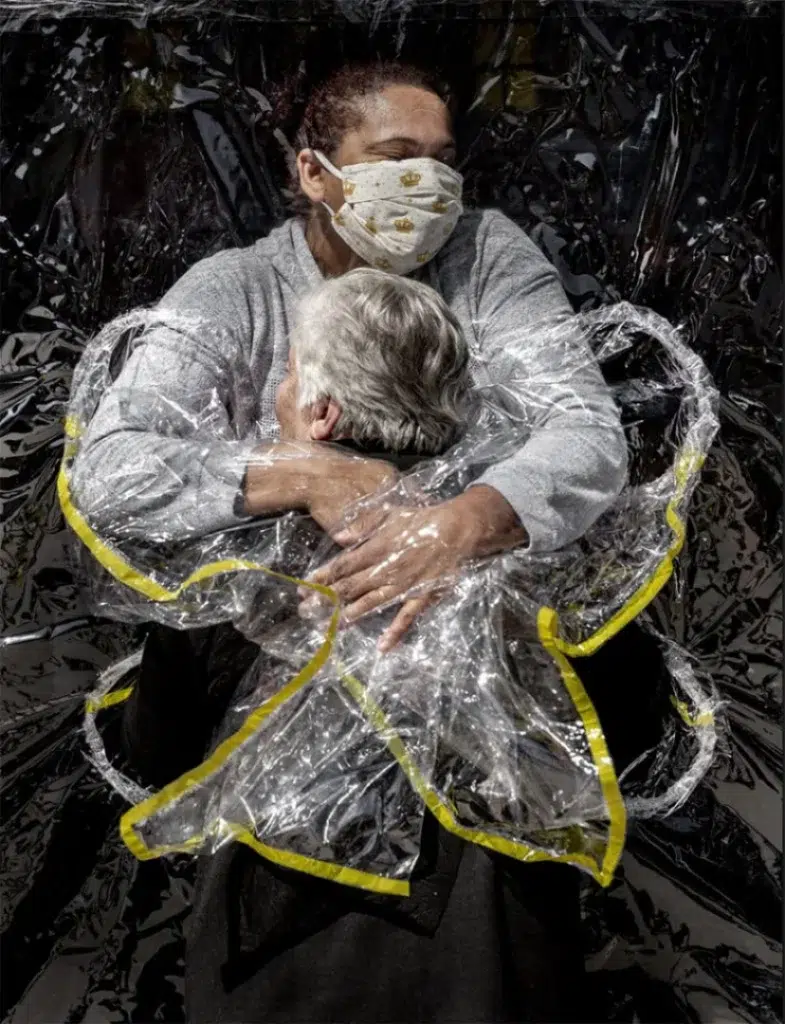
While the focus of this global event may not be architecture or design-related, often the structures that surround the subject matter at the heart of the lens tell a story too. A neatly pressed shirt and suit jacket hanging on the curtain rail in a bedroom in Palestine, where the floor is buffed to a glossy sheen, speaks a thousand words about a wife awaiting her husband’s return from a 40-year incarceration in an Israeli jail. A McMansion in the American city of Louisiana, sporting multiple gables, a shingle roof and an immaculate lawn, is the backdrop to a surreal scene – a gun collector showing off his toys (including pistols, rifles and flame throwers) lined up in multiple rows around the swimming pool primed for parties. Surely ‘crazy’ doesn’t live in a house like this? Across the globe, an enterprising youth group in the village of Gya in the Himalayas has constructed a gigantic conical ice building – emulated on the Buddhist stupa – and installed a temporary café in its hollowed-out base. The shape, in effect, becomes an ice store that holds winter meltwater and slowly releases it for the growing season in spring, when it’s needed to nurture crops. It’s an innovative, eco-responsible built solution to a world grappling with climate crisis. See: http://www.worldpressphoto.org/collection/photocontest/2021

